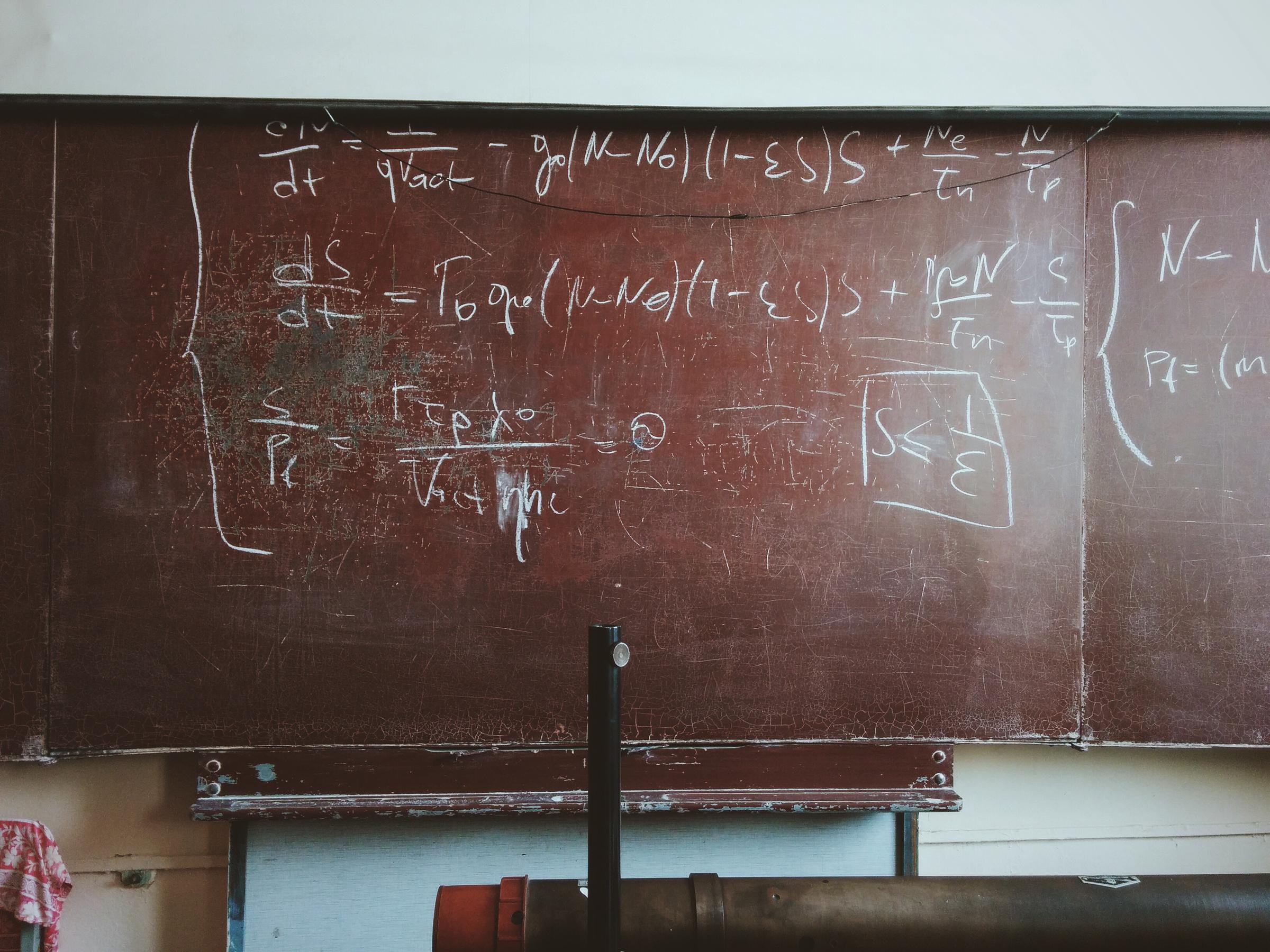Numeracy

Numeracy Tips
Be on the lookout for opportunities to discuss how numbers of objects can be organised or separated into two groups and talk about the maths ideas involved.
Here are some ideas to get you started:
* When you are shopping for fruit and vegetables, ask your child to help you make decisions (e.g. “I want to buy 8 apples. How many red and how many green apples should I get? What other combinations could you have chosen?”)
* Ask questions like “Here are 6 biscuits for you and your sister. How many different ways could you share them?”
* When you are going for a walk, count the houses you pass and organise them into two groups (e.g. “We walked past 3 two storey houses and 7 one storey houses. That’s 10 houses altogether.”)
* When playing dice games with two dice make note of the numbers and the total (e.g. “You threw a 2 and a 3. That’s 5. What other ways could you get 5?”)
* Involve children in making amounts of money with coins/notes, count amounts of money, estimate or calculate change when shopping.
TIME:
Time is an area of Numeracy where children benefit from ongoing practice in a real context.
Engage your child in discussion of coming events, referring to the day that the event is occurring and the number and sequence of days until it will occur:
* Engage your child in discussions about the past present and future using words like: ‘yesterday’, ‘today’, ‘tomorrow’, ‘next week’, ‘on the weekend’, ‘next year’ etc.
* Discuss the day’s schedule of activities including detail about the order in which activities will occur, using words like: ‘before’, ‘after’, ‘later’, ‘soon’.
* Read stories that focus on time concepts and discuss the order of events within the story.
* Have an analogue clock or watch that children can refer to and practise telling the time.
* Ask your children to work out how long it is until something happens, e.g. "How many minutes before we have to go to school?" or "How long until this TV show will finish?"
(Some ideas sourced from Back to Front Maths)
